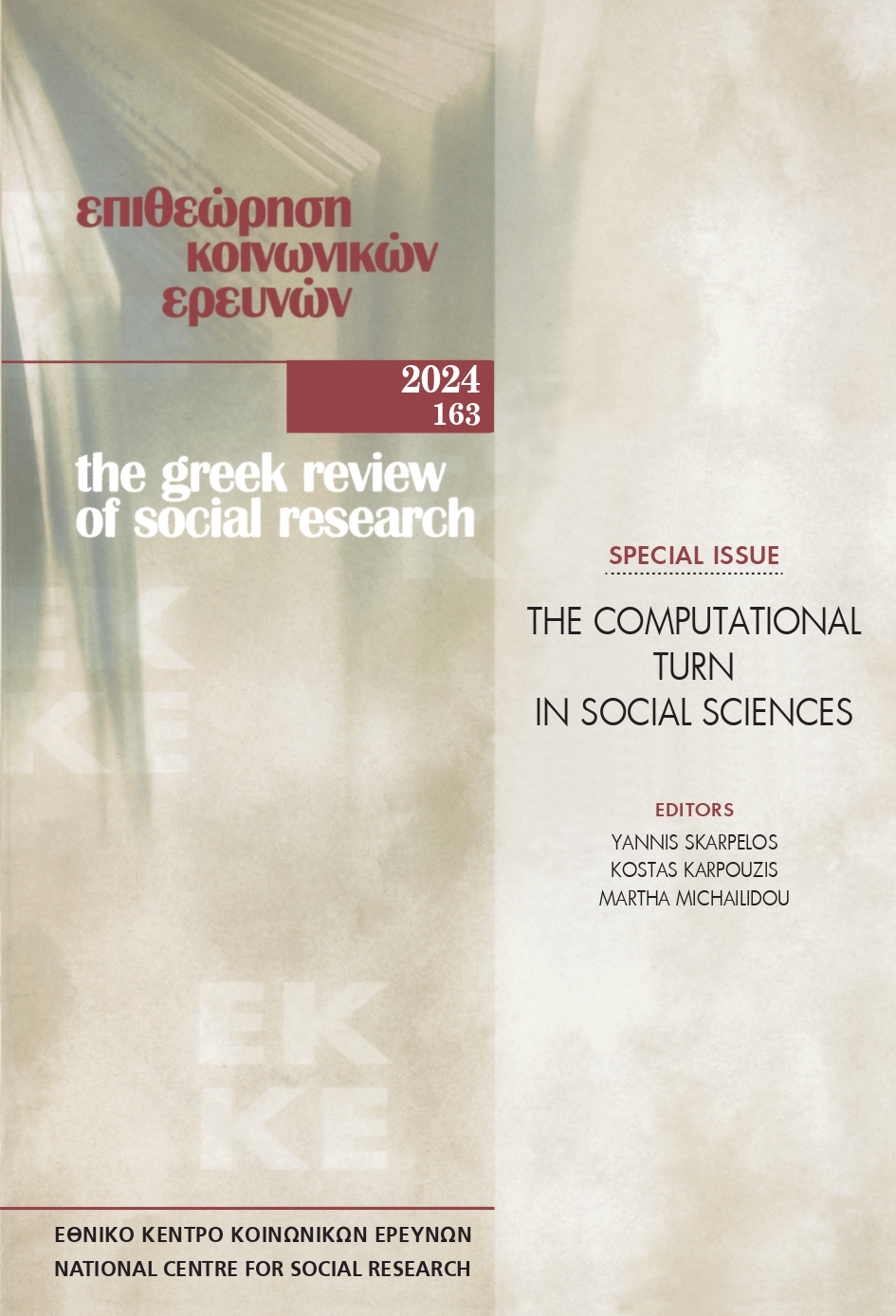A cure worse than the disease? The controversy on Twitter around a fake COVID-19 treatment from France

Abstract
This paper analyzes both the network of actors and the network of the discourses mobilized in the controversy around Professor Didier Raoult and his Hydroxychloroquine-based therapeutic proposal against COVID-19. To confirm our hypothesis, we implement a sophisticated and innovative research method on a corpus of 1.2 million Tweets, which consists of applying a network analysis combined with a lexicometrics analysis. We show that the reaction peaks on Twitter were linked to important media events. Moreover, many groups clustered around the accounts of political figures and media outlets that received numerous mentions. Trump's and Bolsonaro's supporter groups also connected with the French-speaking pro-Raoult groups. The messages of the pro-Raoult combined anti-science conspiracy theories and a critique of the political economy of liberalism and its impasses
Article Details
- How to Cite
-
Smyrnaios, N., Tsimpoukis, P., & Papaevangelou, C. (2024). A cure worse than the disease? The controversy on Twitter around a fake COVID-19 treatment from France . The Greek Review of Social Research, 163, 11–36. https://doi.org/10.12681/grsr.38490
- Section
- Articles

This work is licensed under a Creative Commons Attribution-NonCommercial 4.0 International License.
Authors who publish with this journal agree to the following terms:
- Authors retain copyright and grant the journal right of first publication with the work simultaneously licensed under a Creative Commons Attribution Non-Commercial License that allows others to share the work with an acknowledgement of the work's authorship and initial publication in this journal.
- Authors are able to enter into separate, additional contractual arrangements for the non-exclusive distribution of the journal's published version of the work (e.g. post it to an institutional repository or publish it in a book), with an acknowledgement of its initial publication in this journal.
- Authors are permitted and encouraged to post their work online (preferably in institutional repositories or on their website) prior to and during the submission process, as it can lead to productive exchanges, as well as earlier and greater citation of published work (See The Effect of Open Access).


